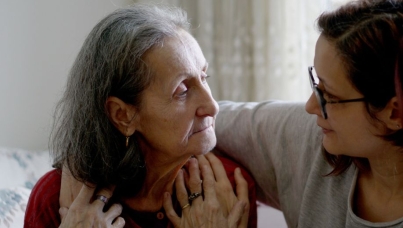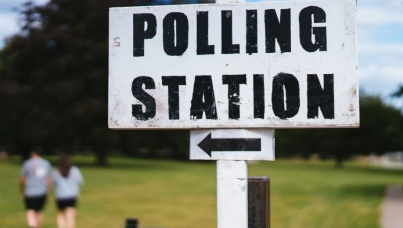One in seven Britons expect to look into building their own home
An Ipsos poll commissioned by the National Self Build Association (NaSBA) to mark the launch of this May’s National Custom & Self Build Week (NCSBW) found that one in seven (14%) Britons (around 7 million people) now expect to research or plan how to build a home for themselves in the next 12 months; up from 12% last year. The poll also suggested that around one in 50 expect to buy a building plot, obtain detailed planning consent, start or complete construction work on their own new home during the coming year or so.
The Ipsos survey questioned nearly 2,000 people about possible self build activities. Those polled were given a range of options to identify how far they expect to progress their plans in the next 12 months. These ranged from, at one extreme, simply expecting to watch a TV programme on self building, while at the other expecting to complete construction work on their home. The results also show that 28% expect to watch a television programme on self building if it comes on, indicating that they have a passing interest in self building. One in seven (14%), around 7 million people, expect to move on to the next step and actively research how to build a home for themselves in the next 12 months. The survey revealed that 2% expect to move beyond researching to the action stage in the next 12 months or so - that is they expect to buy a building plot, submit a planning application, start construction work, or complete construction work on their self build home in the next 12 months or so. That represents approximately one million people.
Technical Note
- The research was conducted on Ipsos’s Capibus study between 17th and 27th January 2014. The question was asked face-to-face of 1956 adults aged 15+ across Great Britain. The survey data are weighted to the known population profile. This research was conducted for the first time in January 2013.
- The tables include full question text, the options presented to respondents, and show the definitions of the combination codes used here (“Research/planning” and “Action”).
- For a sample size of 1956, where 10% give a particular answer, the chances are, 19 in 20, that the "true" value (which would have been obtained if the whole population had been interviewed) will fall within the range of ±1 percentage points from the survey result (i.e. between 9% and 11%). This assumes a purely random sample, and therefore the margin of error for a survey such as this will be slightly wider.
- Grossing calculations are based on 51 million people aged 15+ in Great Britain (taken from Census sources). These calculations are themselves subject to sampling tolerances (see 3. above).



